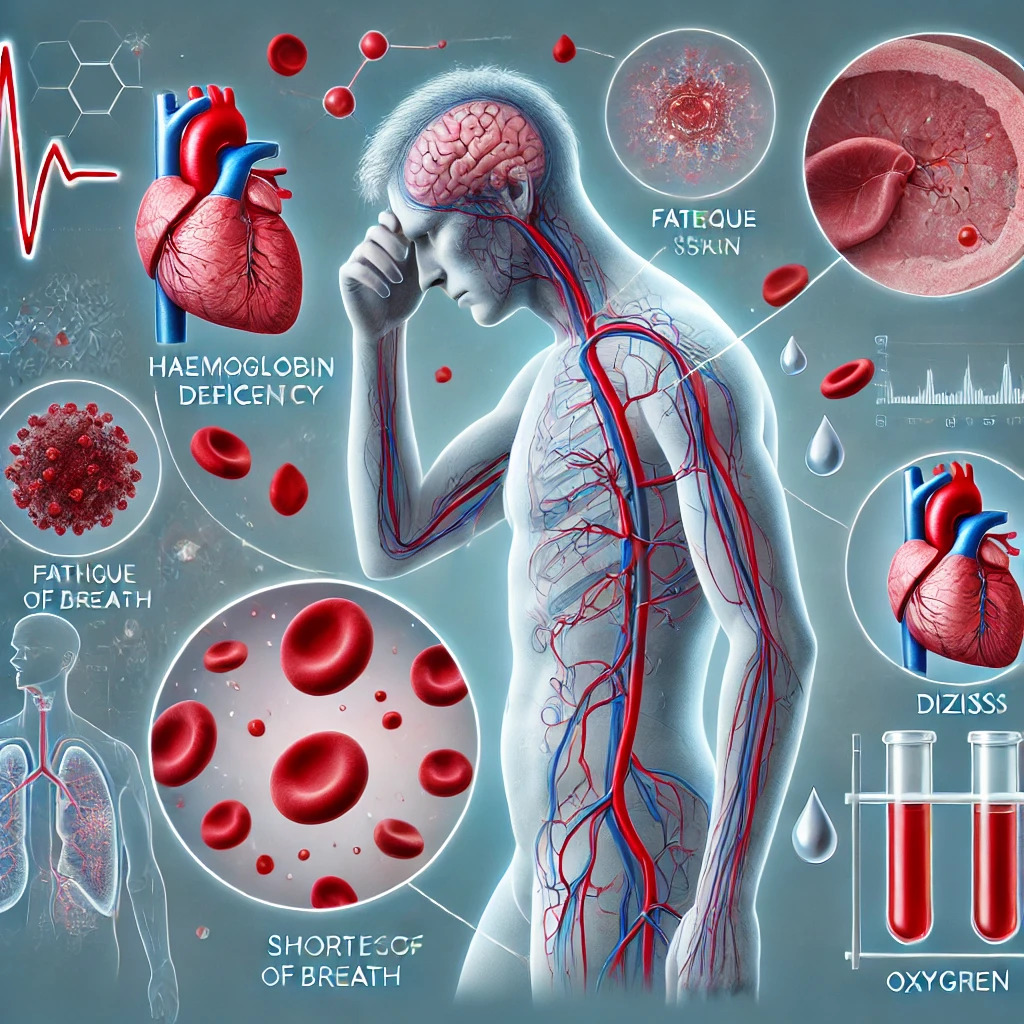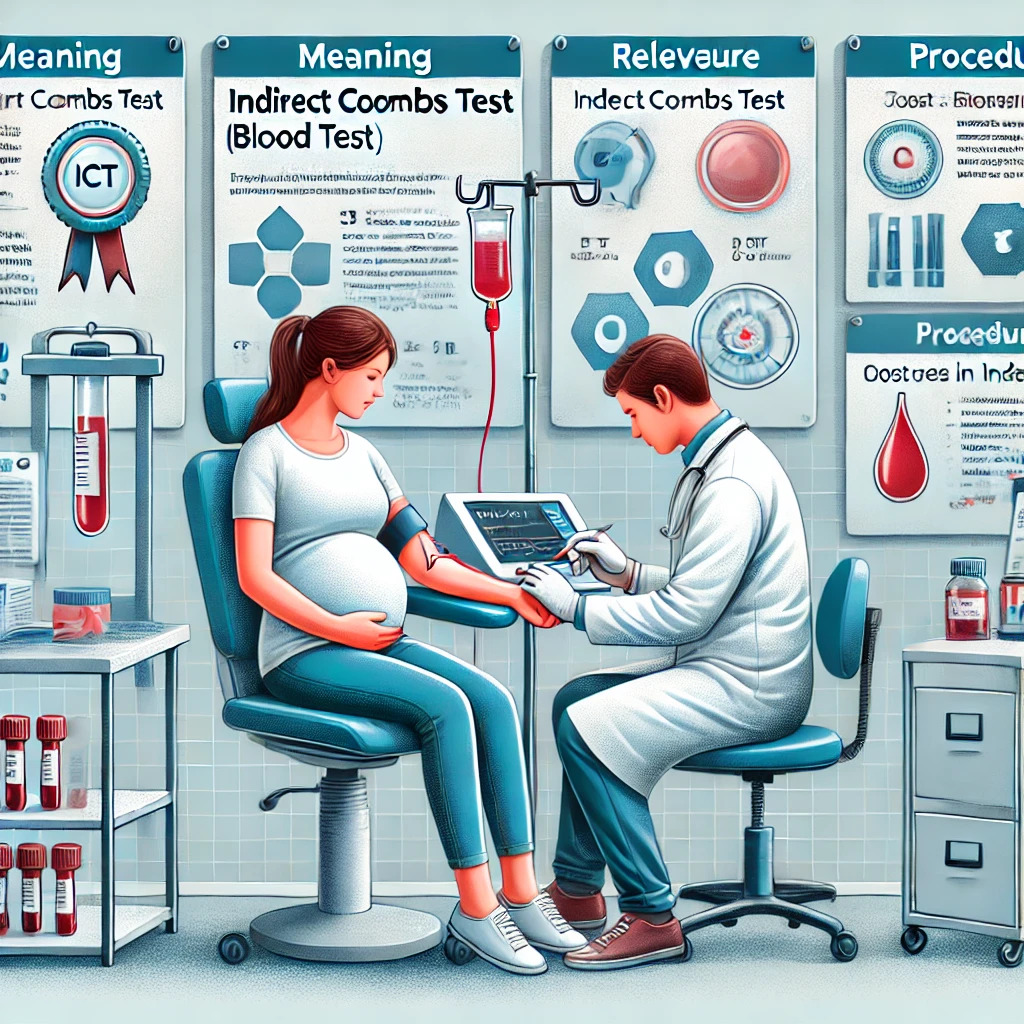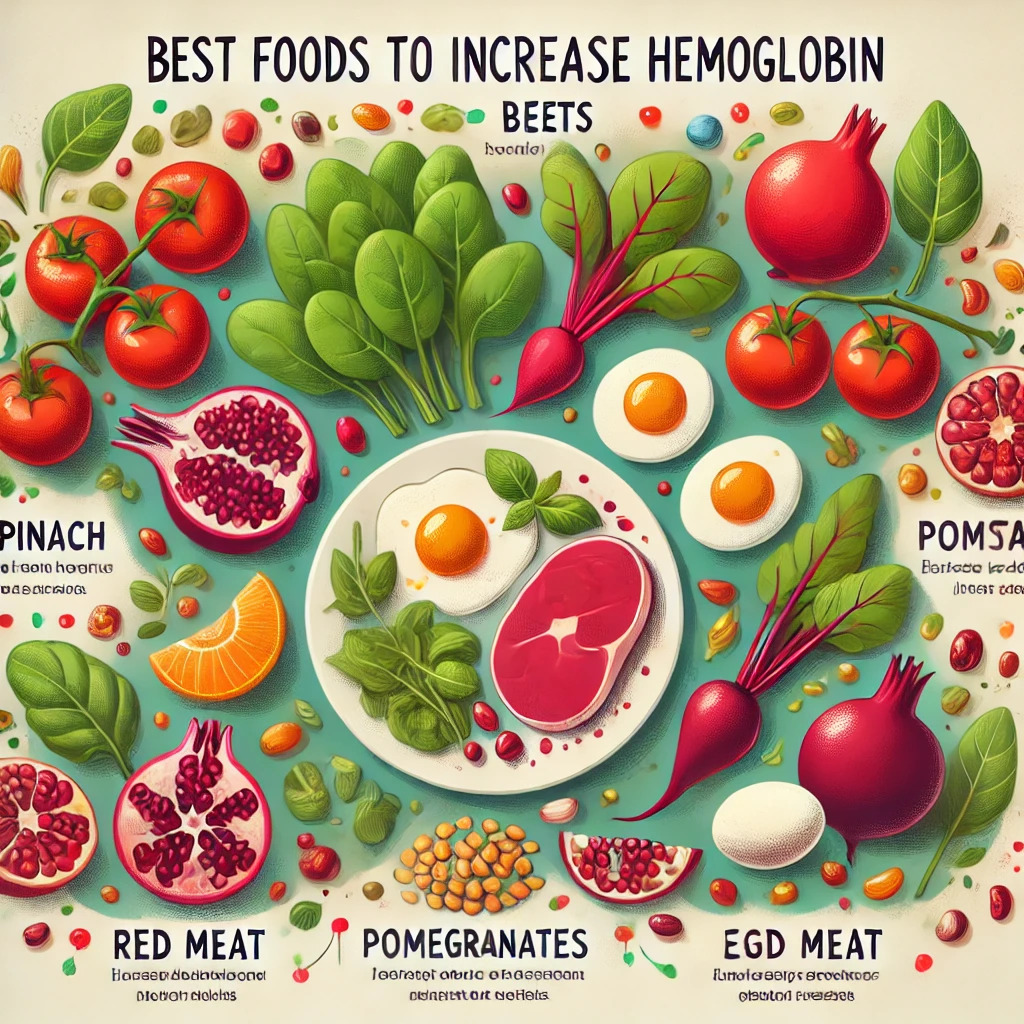Fatty Liver Disease- All About this silent epidemic

Fatty Liver Disease- All About This Silent Epidemic
The Liver will normally have some fat cells. But when the fat storage becomes excess, it leads to Fatty Liver (steatosis). For most people, it is a reversible condition in the early stages. In the early stages, there are no symptoms or issues in most cases.
Understanding Liver function and Fatty Liver Disease
Liver is the second largest organ and it is the largest inside the body managing many vital functions. It is an important organ that participates in metabolism, digestion, and toxin removal from the body. Some examples are metabolism of various drugs, conversion of nutrients into energy, production of bile, making of immune factors, removal of toxins, etc. The health of the liver is vital to our overall well-being.
Fatty liver disease is on the rise due to various reasons including environmental factors and change in lifestyle. While most people will be trouble free even with fatty liver, a significant percentage of people can see the disease progress into next stages causing many symptoms.
There are two types of Fatty Liver Disease
NAFLD or non alcoholic fatty liver disease which is seen in people who don't drink a lot of alcohol
AFLD or alcoholic fatty liver disease which is seen in people who drink a lot of alcohol
NAFLD or non-alcoholic-fatty-liver disease is silently engulfing more people. This is alarming and calls for preventive measures. When there is inflammation along with fat deposition, the disease is called NASH (non-alcoholic steatohepatitis).
Without treatment and lifestyle changes, both AFLD and NAFLD can progress to Fibrosis followed by Cirrhosis. This can ultimately lead to liver failure.
Stages of fatty liver
Stage 1 or simple fatty liver which is harmless. There is a buildup of excess fat and most often it does not progress.
Stage 2 or Steatohepatitis is when there is inflammation in the liver along with excessive fat.
Stage 3 or Fibrosis affects the normal functioning of the liver. This is because the inflammation leads to scarring in the liver.
Stage 4 or Cirrhosis is the most serious. Widespread scarring leads to the impairment of liver function and is considered irreversible.
Fatty liver- Symptoms
It is uncommon to see noticeable symptoms in the early stages. People may feel tired and may have discomfort or mild pain in the upper right side of the abdomen.
In the later stages, you may have symptoms like
Pain or discomfort in the abdomen
Nausea
Loss of appetite
Yellowing of the skin, eyes, and mucus membrane due to jaundice
Weight loss
Itchy skin
Fatigue and/or feeling weak
Easy bruising and bleeding
Urine which is dark
Swelling of the feet and legs
Pale stools
Some signs and symptoms are seen in the end stages of liver disease like
Ascites which is accumulation of the fluid in abdomen
Web like clusters of blood vessels under the skin called spider angiomas
Confusion, memory impairment
Gynecomastia or breast enlargement in males
As the Fatty Liver may be difficult to detect in the beginning, yearly checkups are very important especially for people with risk factors. You may be asked to get certain blood tests including Ultrasound of the abdomen, CBC and Liver Function tests. At O-Lab, you can get disease specific test packages and general tests at affordable rates.
Risk factors and Causes of Fatty Liver
Drinking a lot of alcohol
Obesity
High levels of blood fats with Triglycerides being of special concern
Metabolic syndrome
Insulin resistance
Infections like Hepatitis C
Some genetic conditions
Side effects from certain medications
According to the CDC, males who consume 15 or more drinks per week are at a higher risk. The number is 8 or more drinks per week for the females.
If you have risk factors for Fatty Liver, consult your doctor for prevention and management steps.
Diagnosis of Fatty Liver Disease
The doctor may notice an enlarged liver during a physical exam. If the doctor suspects you have Fatty Liver, you may be asked to get Ultrasound scan of the abdomen, Fibroscan, and blood tests for the Liver Function. Liver enzymes like ALT, AST may be raised. GGT levels are important as their increase is related to serious outcomes. Blood cell count, clotting factors, lipid profile, Fasting blood sugar, etc, are also important numbers to look at. Reach out to us for reliable blood testing to rule out or manage Fatty Liver. Liver biopsy may be considered for certain diagnosis.
Fatty Liver Disease- Prevention, Treatment and Management
Fatty Liver is a slowly progressing disease and this makes it easy to treat. It can be reversed in early stages. You can reduce your fatty liver with medications, lifestyle changes which include exercise, diet, and managing the modifiable risk factors. Self medication can actually harm the Liver. You should always consult the concerned medical professionals.
Prevention
Optimizing the modifiable risk factors which includes
- Avoiding smoking
- Losing excess weight
- Reducing or avoiding the consumption of alcohol
Dietary changes are important. Fatty Liver Diet should include cutting down on simple carbs and sugars, avoiding fried foods, trans fats, soft drinks and heavy meals. You should include healthy fats, complex carbs and fibre, fruits, vegetables, and protein in your diet. Take a nutrition consultation so that your diet plan can be modified according to the stage of your disease.
Keep a check on your diabetes level.
Do not self medicate or consult quacks.
Treatment and Management
In most cases, lifestyle changes are advised. For NAFLD, losing 10% of body weight can help with reversal. For AFLD, total cessation of alcohol is recommended. Symptomatic treatment is done based on your stage and symptoms. Medications are generally not used unless the disease progresses. Vitamin E supplements may be prescribed. For end stage liver disease, Liver Transplant may be considered.
FAQs
What are the three grades of Fatty Lives?
Fatty Liver Grade I is when there is accumulation of fat without any inflammation.
Fatty Liver Grade II is when the fat accumulation leads to inflammation.
Fatty Liver Grade III is when the disease progresses to Liver Fibrosis.
2. What are the three signs of Fatty Liver?
Signs and symptoms usually appear in the later stages. But some people may see weakness or fatigue, loss of appetite, and discomfort in the abdomen in the upper right side.
Fatty Liver Disease can be prevented, reversed or managed easily. Reach out to us at O-Lab for LFT, lipid profile, and other tests. You can also avail full body tests at reasonable prices.





